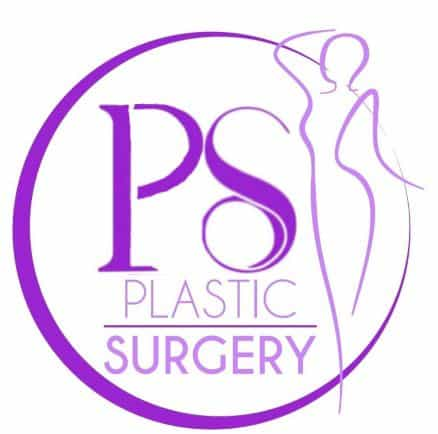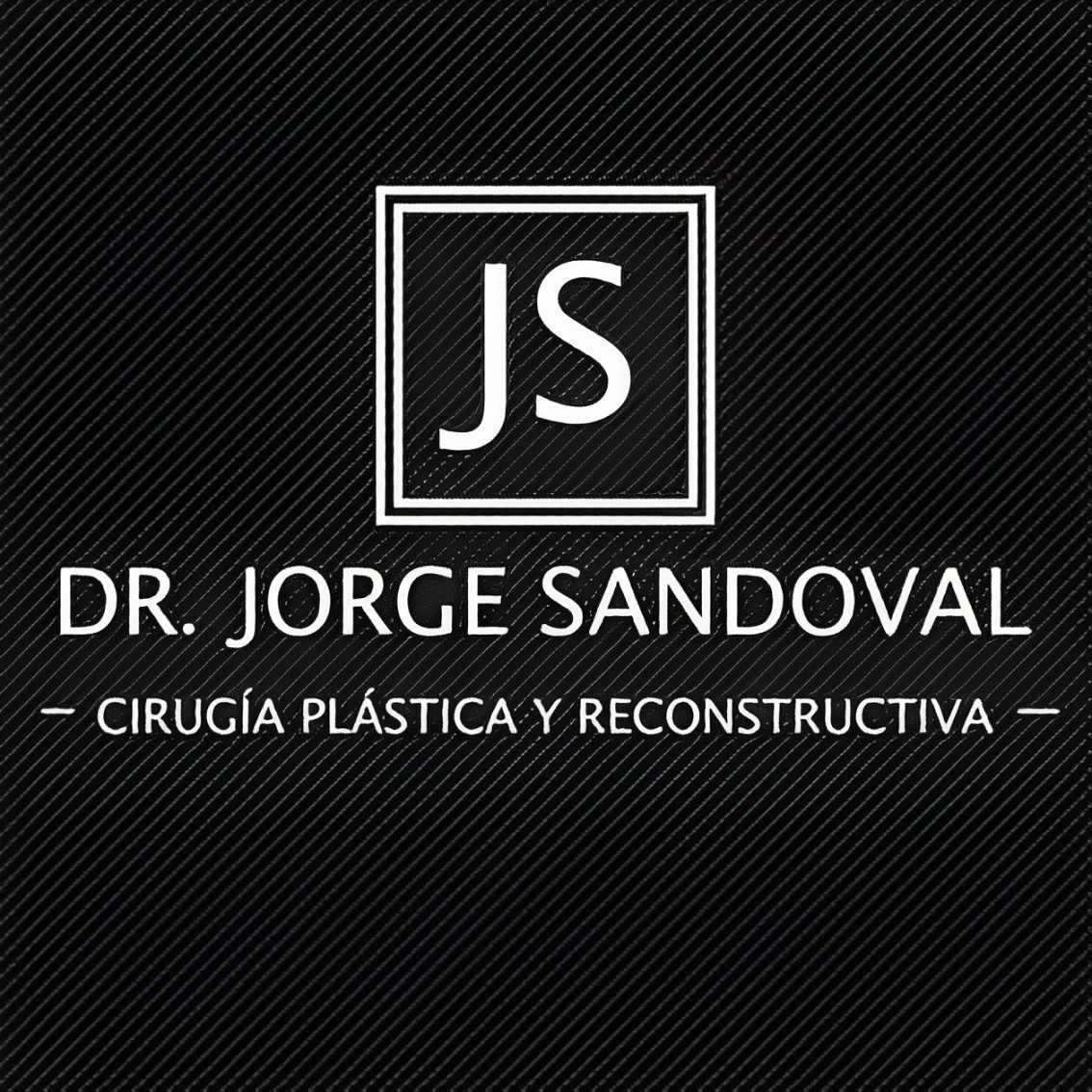Overview of Sliding Genioplasty Recovery in Mexico
.jpg)
Planning for any surgical procedure, especially one as significant as a sliding genioplasty, requires a clear understanding of what happens after the surgery. If you're considering this procedure in Mexico, knowing the ins and outs of the recovery process is crucial for a smooth and successful outcome. Many people are opting for medical procedures abroad, and Mexico has become a popular destination due to its combination of experienced surgeons, modern facilities, and often more affordable costs compared to other countries.
Understanding the sliding genioplasty recovery in Mexico means being prepared for each stage of healing, from managing initial discomfort and swelling to gradually returning to your normal routine. This comprehensive guide will walk you through what to expect during your recovery period, addressing common questions and providing essential information to help you feel confident and informed about your decision to pursue this transformative procedure.
What is the typical recovery timeline for sliding genioplasty in Mexico?
The recovery from a sliding genioplasty, whether performed in Mexico or elsewhere, follows a predictable pattern, though individual experiences can vary. Immediately after the surgery, you will likely spend a few hours in a recovery room before being discharged, often with a protective dressing or tape on your chin.
The first week is the most intensive part of the recovery. You'll experience swelling, bruising, and discomfort, which will be managed with prescribed pain medication. A liquid or soft food diet is essential to avoid stressing the jaw. Most patients take 1-2 weeks off work or school to rest and recover.
Significant healing occurs over the next 2-3 months. During this time, the majority of the swelling will gradually subside, revealing more of your new chin contour. However, subtle swelling can persist longer. Full bone healing and nerve regeneration, which can restore complete sensation, can take anywhere from 6 to 12 months. Patience during this period is key to appreciating the final aesthetic outcome.
How painful is the recovery from sliding genioplasty?
It's natural to be concerned about pain after any surgery. For sliding genioplasty, while there will be discomfort, it is generally well-controlled with medication. Your surgeon in Mexico will provide a prescription for pain relievers, which you should take as directed, especially during the first few days when discomfort is at its peak.
Many patients report a feeling of pressure or tightness in the chin and jaw area, along with some soreness. This is normal as the tissues heal and the swelling progresses. Applying cold compresses to the area can also help alleviate discomfort and reduce swelling. It's important to differentiate between expected discomfort and any sudden, severe, or worsening pain, which should be reported to your surgeon.
As the days pass, the need for strong pain medication will diminish, and many patients switch to over-the-counter pain relievers like ibuprofen after the first week. By the end of the second week, most of the acute pain should have subsided, leaving only mild tenderness.
What swelling and bruising can I expect after genioplasty?
Swelling and bruising are inevitable parts of the healing process after sliding genioplasty. The chin and lower face will appear puffy and potentially discolored immediately after surgery. The swelling tends to peak around 48-72 hours post-operation, making your chin look larger than its final result.
To help manage swelling and bruising:
- Cold Compresses: Apply ice packs to the chin and jaw area for the first 24-48 hours (20 minutes on, 20 minutes off).
- Head Elevation: Sleep with your head elevated on several pillows for at least the first 1-2 weeks to help reduce fluid accumulation.
- Avoid Strenuous Activity: Physical exertion can increase blood flow to the area and worsen swelling.
Bruising may spread to the neck and chest area and typically takes 2-3 weeks to resolve, changing colors from purple to green to yellow. While most visible swelling subsides within 2-3 months, it's crucial to understand that some subtle swelling, often referred to as "deep swelling," can persist for 6-12 months. This is why the final results of your sliding genioplasty are not fully apparent for many months.
What diet should I follow during sliding genioplasty recovery?
Dietary restrictions are a significant part of sliding genioplasty recovery, primarily to protect the surgical site and promote proper bone healing. Immediately after surgery, your surgeon will instruct you to stick to a liquid diet. This includes items like water, clear broths, fruit juices (without pulp), milkshakes, and protein shakes. Staying hydrated is also vital for healing.
After the initial liquid phase (usually 3-7 days), you can gradually introduce soft foods. These are foods that require minimal chewing. Examples include:
- Scrambled eggs
- Mashed potatoes
- Yogurt and cottage cheese
- Cooked pasta (small pieces)
- Soft fish
- Pureed soups
- Smoothies
You should avoid anything hard, chewy, crunchy, or spicy for at least 4-6 weeks, or as advised by your surgeon. This includes nuts, raw vegetables, tough meats, and crusty bread. Following these dietary guidelines carefully is crucial to prevent complications and ensure proper healing of the repositioned chin bone.
When can I resume normal activities after sliding genioplasty?
Returning to your usual routine after a sliding genioplasty needs to be a gradual process to protect the healing tissues and bone. The first week post-surgery should be dedicated to rest. Walking around the house is fine, but avoid anything that raises your heart rate significantly.
By the second week, many patients feel well enough to return to office-based work or light activities, provided their job doesn't involve physical exertion. However, it's essential to listen to your body and avoid overdoing it. Activities like brisk walking or light stretching can usually be introduced around 3-4 weeks.
For more strenuous exercise, such as running, weightlifting, or high-impact activities, you'll typically need to wait 4-6 weeks. Activities where there's a risk of impact to the face, like ball sports or contact sports, require an even longer wait, often 2-3 months, to ensure complete bone fusion and prevent injury to your newly positioned chin.
Are there specific post-operative care instructions for genioplasty in Mexico?
Regardless of where you have your surgery, certain post-operative care instructions are universal for sliding genioplasty, and your Mexican surgeon will provide detailed guidelines. These are crucial for minimizing complications and achieving the best possible outcome. Following these instructions diligently is a key part of your recovery.
Key post-operative care instructions typically include:
- Oral Hygiene: Since the incisions are usually made inside the mouth, maintaining excellent oral hygiene is vital to prevent infection. You'll likely be instructed to use a special antimicrobial mouthwash and gently brush your teeth, avoiding the surgical site.
- Head Elevation: Keep your head elevated, even while sleeping, for at least 1-2 weeks to help reduce swelling.
- Avoid Jaw Movement: Limit talking, yawning, and wide mouth opening for the first few days to protect the healing bone and tissues.
- Dressing Care: If an external dressing or tape is applied, follow your surgeon's instructions on how to care for it and when it can be removed.
- Medication Adherence: Take all prescribed antibiotics and pain medication as directed.
- Follow-Up Appointments: Attend all scheduled follow-up appointments to allow your surgeon to monitor your healing progress and address any concerns.
Your surgeon or their team will review all these instructions with you before you are discharged. Make sure to ask any questions you have to ensure you understand everything clearly.
How long does it take to see the final results of a sliding genioplasty?
One of the most exciting aspects of undergoing a sliding genioplasty is seeing the transformation of your profile. While the change in your chin's position is immediate after surgery, the true final results take time to develop. This is primarily due to the natural swelling and the process of bone healing.
In the first few weeks, the swelling will mask the refined contours of your new chin. As the initial swelling reduces over the first 2-3 months, you will start to see a more defined chin. However, subtle, deep swelling can persist much longer, sometimes for 6 months to a full year. This lingering swelling can make the chin appear slightly softer or less defined than its ultimate shape.
The bone itself needs to heal and consolidate in its new position, a process that continues for many months. It's crucial to be patient and allow your body ample time to fully recover and settle. By the 6-12 month mark, you will typically see the definitive, final results of your sliding genioplasty as all swelling has resolved and the bone has fully healed.
Why choose Mexico for sliding genioplasty, and is it safe?
Mexico has emerged as a leading destination for medical tourism, including complex cosmetic procedures like sliding genioplasty. Patients are often drawn by the significant cost savings, which can be 50-70% less than in countries like the United States or Canada, without compromising on quality.
The safety of undergoing sliding genioplasty in Mexico largely depends on your choices. Many Mexican plastic surgeons are highly trained, board-certified, and have extensive experience, often with international training. Additionally, numerous clinics and hospitals cater to international patients, boasting state-of-the-art equipment and adherence to international safety protocols. To ensure safety, always verify your surgeon's credentials, look for clinics that are accredited by reputable international bodies, and read patient testimonials.
When selecting a provider, consider factors like the surgeon's specialization in facial surgery, the clinic's cleanliness, the quality of anesthesia, and the availability of comprehensive pre- and post-operative care. A reputable facility will also have English-speaking staff, making communication easier for international patients.
What should I consider when planning medical travel to Mexico for genioplasty?
Planning medical travel to another country, even one as accessible as Mexico, requires careful organization. Beyond choosing your surgeon and clinic, there are several logistical aspects to consider for a stress-free and successful experience:
- Duration of Stay: Plan to stay in Mexico for at least 10-14 days after your sliding genioplasty. This allows enough time for initial healing, bandage removal (if applicable), and your first post-operative check-up before traveling home.
- Accommodation: Choose comfortable and quiet accommodation, ideally close to your clinic, where you can rest undisturbed. Some clinics offer recovery suites or can recommend suitable options.
- Travel Logistics: Arrange flights, airport transfers, and local transportation in advance. Ensure your passport is valid and check if any specific travel documents or visas are required for your nationality.
- Support System: Consider traveling with a companion who can assist you during the initial recovery phase. If not possible, ensure your clinic offers comprehensive post-operative support, or arrange for a recovery assistant.
- Communication: Confirm that the medical staff speak English or that a translator will be available throughout your appointments and during your recovery stay.
- Medical Insurance: Understand what your existing health insurance covers (or doesn't cover) for international medical procedures and consider purchasing travel insurance that includes medical evacuation.
A well-prepared travel plan contributes significantly to a smoother recovery and overall positive medical tourism experience.
What are potential risks or complications during sliding genioplasty recovery?
Like any surgical procedure, sliding genioplasty carries some potential risks and complications, even though it is generally considered safe when performed by an experienced, board-certified surgeon. Being aware of these helps you monitor your recovery and know when to contact your medical team.
Potential complications include:
- Infection: Although antibiotics are usually prescribed, there's a small risk of infection at the surgical site. Symptoms include increased pain, redness, warmth, fever, or pus discharge.
- Numbness or Altered Sensation: The mental nerve, which provides sensation to the lower lip and chin, is near the surgical area. Temporary numbness is common, but in rare cases, permanent numbness or altered sensation can occur.
- Asymmetry: Despite precise planning, slight asymmetry can sometimes occur, requiring a revision surgery in very rare instances.
- Hematoma/Seroma: Accumulation of blood (hematoma) or fluid (seroma) under the skin, which may require drainage.
- Delayed or Non-Union of Bone: In rare cases, the repositioned bone segment may take longer to heal or not fuse properly.
- Tooth Damage: Extremely rare, but possible due to the proximity of the bone cut to the tooth roots.
- Unfavorable Scarring: As the incision is usually intraoral, external scarring is not an issue, but internal scarring can affect tissue texture.
Your surgeon in Mexico will take all necessary precautions to minimize these risks. It's important to follow all post-operative instructions diligently and report any unusual symptoms or concerns immediately.
Considering a sliding genioplasty in Mexico or exploring other healthcare options globally? PlacidWay connects you with world-class medical facilities and experienced specialists. Visit PlacidWay today to discover personalized treatment plans and make informed decisions for your health journey.


.png)
.jpg)






-for-Vancouver-Patients-in-Guadalajara,-Mexico.jpg)






Share this listing